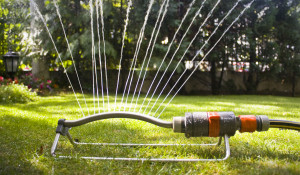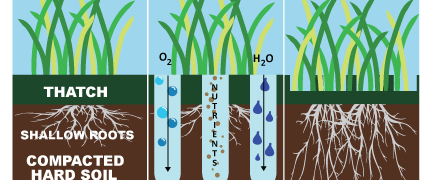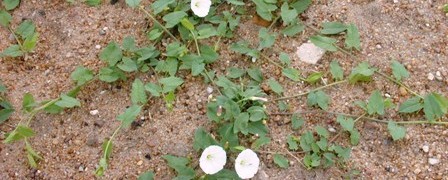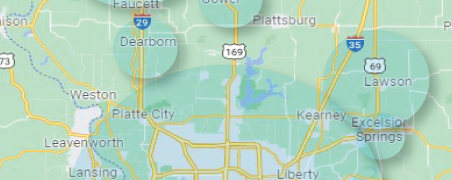Pruning Can Be Easy

Many homeowners are intimidated by the prospect of pruning. Knowing that improper pruning can lead to a sick or otherwise compromised tree or shrub can be too much for some people, especially after they have invested so much in their landscape.
No matter how scary the idea of pruning is, it should be a practice you get into with comfort and regularity because a well-pruned plant is a healthy plant. Pruning improves the flow of moisture and nutrients through the plant, as well as allows thriving areas to receive most of the nutrition while dead or dying areas are removed from the plant, according to lawn care professionals.
Pruning is one of the best practices you can perform on the plants in your garden and landscape. Lawn care experts say becoming proficient at pruning plants just takes experience and the right tools. Here are four basic tools that will take care of pretty much all your garden pruning tasks. You should keep these tips in mind when selecting your hand pruners, loppers, shears and saws:
- Don’t be cheap when it comes to investing in pruning tools. Good quality tools stay sharp longer, cut easier and will last longer, paying for themselves in the long run.
- Keep your tools sharpened to make cutting easier and to produce clean cuts that heal faster. A sharper pruning tool also puts less stress on your hand, according to lawn care professionals.
- Keep your pruning tools clean and clean the blades in between trees or shrubs. One pruning cut on a diseased branch can spread disease throughout your garden. Wipe the blade clean with rubbing alcohol. Don’t ever put your pruning shears away without cleaning them first.








